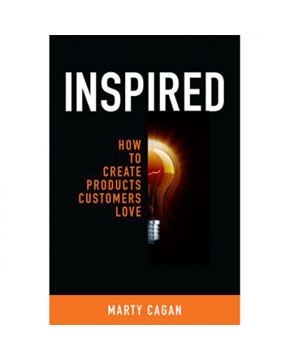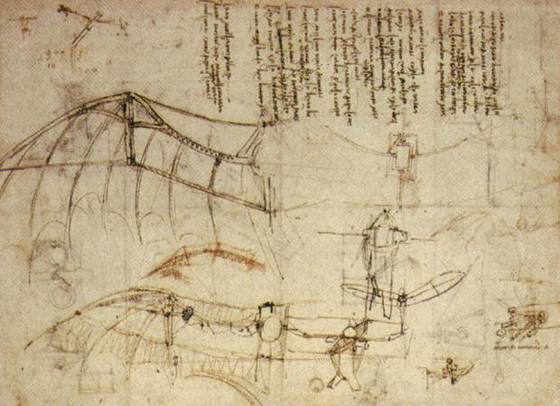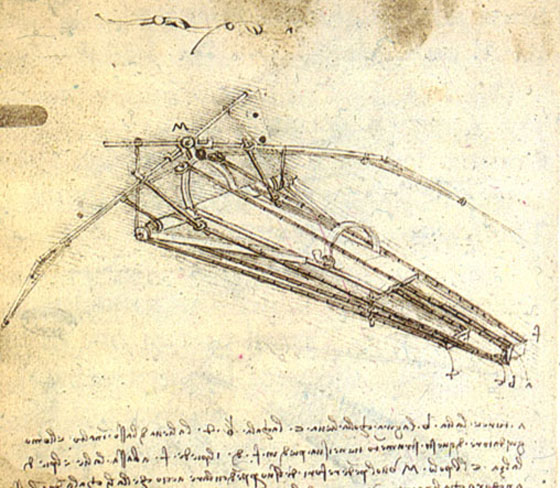Product Management Tips ‘Inspired’ by Marty Cagan

In this post, we recap a classic and share six product management tips for bringing great products to life.
Here are six product management tips pulled from the pages of Inspired by Marty Cagan. If you’re working on product development or innovation in your organization, you may find these tips useful.
1. Focus on Problems, not Technology
I like my product managers to focus on the most miserable thing people have to deal with everyday. If you can solve that problem, that actually changes behavior, and that can lead to the truly big product wins.
— Jeff Bonforte, quoted in Inspired
Instead of talking about technologies and solutions, fall in love with the problem you’re trying to solve. Spend time focusing on the people you’re trying to help and the problems they have. A problem-framing workshop can help product managers and other project stakeholders move beyond their assumptions to truly understand the problem space. Couple these workshops with user research and user interviews and great solutions will reveal themselves.
2. Enlist Developers Early
Cagan makes it clear that developers play key roles in creating great products. In other words, let developers lead discovery workshops and allow research time so they can help project stakeholders understand technological possibilities. These creative collaboration opportunities help everyone, including developers, better understand existing product issues and possibilities.
Also, by involving product engineers early in the discovery process, they can provide assessments of how much time and effort it may take to implement feasible solutions. Designing products in a vacuum without any insight from developers is a common mistake. Their insights are invaluable throughout the process, especially when prioritizing product features. By including them up front you can negotiate the product’s principle features earlier rather than later.
3. Prototypes Over Product Requirements
Tied to a plan, organizations actually cut themselves off from the most important cost-saving strategy of all, continuous learning and innovation.
— Pamela Meyer, author of The Agility Shift: Creating Agile and Effective Leaders, Teams and Organizations
Cagan recommends using a high-fidelity prototype to communicate product specifications and changes. ‘High-fidelity’ implies a close-to-realistic representation of a proposed user experience. This prototype can also help overcome language barriers if you’re working internationally, and can eliminate problems with varied interpretations that lengthy product requirements elicit.
However, you can also gain needed insights using lower fidelity wireframes and clickable prototypes, which save time and money. Plus, when done right, product roadmaps—versus dense project plans and technical requirements documents—help stakeholders create consensus on key project parameters while encouraging continuous learning.
Unfortunately, this is subjective to individual stakeholders. Some people need the accurate visual representation that a design comp or high-fidelity prototype provides. Conversely, others are fine with lower fidelity wireframes or even sketching exercises on a whiteboard. The key is to find the right level of fidelity that works for your product’s stakeholders.
4. Lead by Objective, Not Instruction
Never tell people how to do things. Tell them what to do, and they will surprise you with their ingenuity.
— General George S. Patton, Jr., quoted in Inspired
Cagan’s theory, based on this quote, is that if you tell people what to do or what you’re looking for and not how to do it, it’s more likely they will surprise you and exceed your expectations. This is all about trust. Make sure expectations are clear and include guardrails when necessary. Otherwise, get out of the way.
5. Manage by Wandering Around
Diverse stakeholders and different viewpoints make better products. Cagan advocates that team leaders informally spend time with people from across the company. He also advocates strong listening to everyday dialog in daily conversations. Check out this TED talk on listening by Julian Treasure.
Lastly, Cagan insists you keep your door open and welcome people to drop in with product suggestions, thoughts, and ideas.
6. Build a Team With Passion, Integrity, Empathy
For this last product management tip, Cagan lists twelve traits that are desirable for product leaders, ranging from work ethic to confidence and communication skills. Here are three that resonate with us:
Product Passion
Cagan says “Some people… just love products—they live, eat, and breathe them,” and we couldn’t agree more. There are people who respect craftsmanship and intelligent design, and they wear it on their sleeve. You can tell when you meet one of these people because they have such a deep-rooted love for great products and will happily run down a list of products they use and own. This is the kind of passion you’ll need in a product manager so he or she can motivate the team and overcome challenges when designing and building a product.
Customer Empathy
Great product managers do not necessarily have to come from your target market but they absolutely must empathize with your customers and their problems. For example, someone who bikes to work and has never driven a car might struggle to identify with users of a parking-spot app, or may not care to.
Make sure that your team’s values and interests align with the products you build. Ensure that they can empathize and understand your target customers. As a Certified B Corp, this is critical to the way we conduct business.
Integrity
In most organizations, product leaders are less-likely direct people managers, and more likely people-influencers. For this reason, it is important that a product manager possess integrity. Trust and respect are built over time by demonstrating the traits and skills of a leader. If your team lead isn’t perceived to have integrity, honesty, and fairness when dealing with his or her teammates then they will never elicit the degree of collaboration and effectiveness needed to succeed.
Product Management Tips
These six tips are by no means a comprehensive overview of best product management practices. However, they represent some key paths to product management success in Marty Cagan’s classic book. Have some ideas of your own? Share them with us on Twitter or via our contact form.






